People learn to kill chickens for many reasons. As interest in local and ethical food increases, many meat-eaters have challenged themselves to raise and slaughter their own meat.
People who keep backyard chickens for eggs often kill older chickens when they have passed their prime laying age. Even people who keep chickens as pets may find themselves needing to kill a sick or injured chicken as a humane measure.
Regardless of your reasons, you may come to a time when they need to slaughter one or more of your chickens.
It can be overwhelming and emotional to be faced with killing an animal for the first time. Here is a straight-forward guide that will explain how to slaughter a chicken humanely and eviscerate it cleanly.
⚠️Content warning: This article contains frank and graphic discussion of killing and gutting chickens. Video links, which are clearly marked, also contain graphic images of killing chickens. Read responsibly.
Slaughter Methods
Killing a chicken is straightforward compared to other animals. There are three common methods that don’t involve special equipment: the slice, the chop, and the twist.
The Slice
The slice is my personal preference.
Take a very sharp knife. You can either have someone hold the chicken upside down, pinning her wings, or use a kill cone.
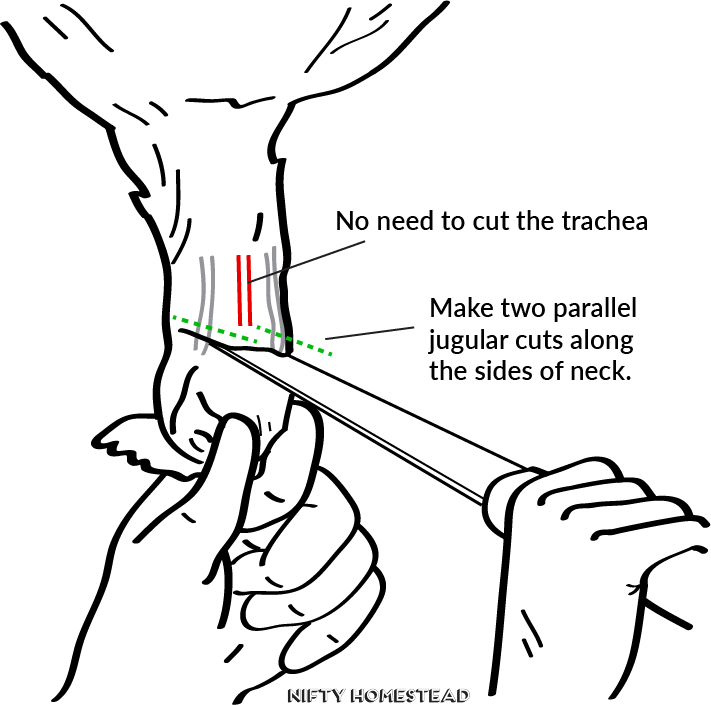
Slice the knife across her throat directly under the chin on either side of her larynx. Make one cut parallel to her jaw bone on each side. This slices the arteries rather than the trachea.
If you cut straight across the center of the throat, you have to go deeper with the knife, which will kill her more slowly and cause more pain.
How Sharp Is A Sharp Knife?
Very sharp. The sharpest knife you’ve ever handled. When you are killing an animal, the sharper the blade, the more painless and humane the death. A knife sharp enough to kill with should have an edge that drags at your skin like raw silk when you put the ball of your thumb against the edge.
If your finger slides easily, without cutting you, it is too dull. The knife blade should be trying to slice your flesh with the barest pressure, and it will feel rough or “sticky” like the very fine spikes on a burr. Always sharpen your knife between every couple of kills.
The Chop
The chop is possibly the easiest for beginners, but not the cleanest.
Take a sharp ax or hatchet—sharp! Not as sharp as the knife, but don’t cut your firewood with it before using it on a chicken.
Have someone else hold the chicken upside down to calm it, and then quickly lay its head on a chopping block and swing. Don’t wimp out on this. The stronger the swing, the more humane. Blood is going to go everywhere, but that’s the name of the game.
The Twist
My dad describes killing chickens on his grandparents’ farm by grabbing the chicken by the head and swing it around in circles, as big as you can, until you hear a crack, or until the head disconnects from the body.
That is a variation on the twist, using the hands, or some kind of leverage, to snap the chicken’s neck. Some people would argue that the twist is a humane option if done correctly, but it requires precision, skill and follow through.
***We do not recommend this method, especially for first timers.***
You can hurt the animal unless you can make the twist with strength and without hesitation. I have never tried it and I doubt I ever will. I am too scared that I would get halfway through and, ahem, chicken out.
Death And Clean-Up
No matter how you kill a chicken, it will twitch and convulse strongly, and continue for thirty seconds to a minute. This can be scary and unexpected, but know that it is normal.
I watch a chicken’s eyes for a sense of when it is dead—the lids go limp, even if they spasm open again later, and the pupils stop moving. When in doubt, cut again, deeper and harder. The faster you can do it, the more humane.
If you are raising chickens for meat, or killing laying hens, troublesome roosters, or other healthy birds, you can choose to gut and eat them. See the next section for instructions. However, if you have killed a chicken because it is sick, or if you have reason to believe the chicken is infected in any way, do not eat that chicken. Bury or compost it, and clean your slaughter equipment.
Processing For Food
Once a chicken is dead, you have a second task—processing the chicken so it can be cooked.
Removing The Feathers
First, you scald the chicken to make the feathers easier to pluck. Use a pot of water at 140 degrees F. Too hot and the chicken will start to cook. Too cool, and the feathers won’t become loose.Dunk the chicken for about 15 to 20 seconds and remove. The feathers should come off easily in handfuls.
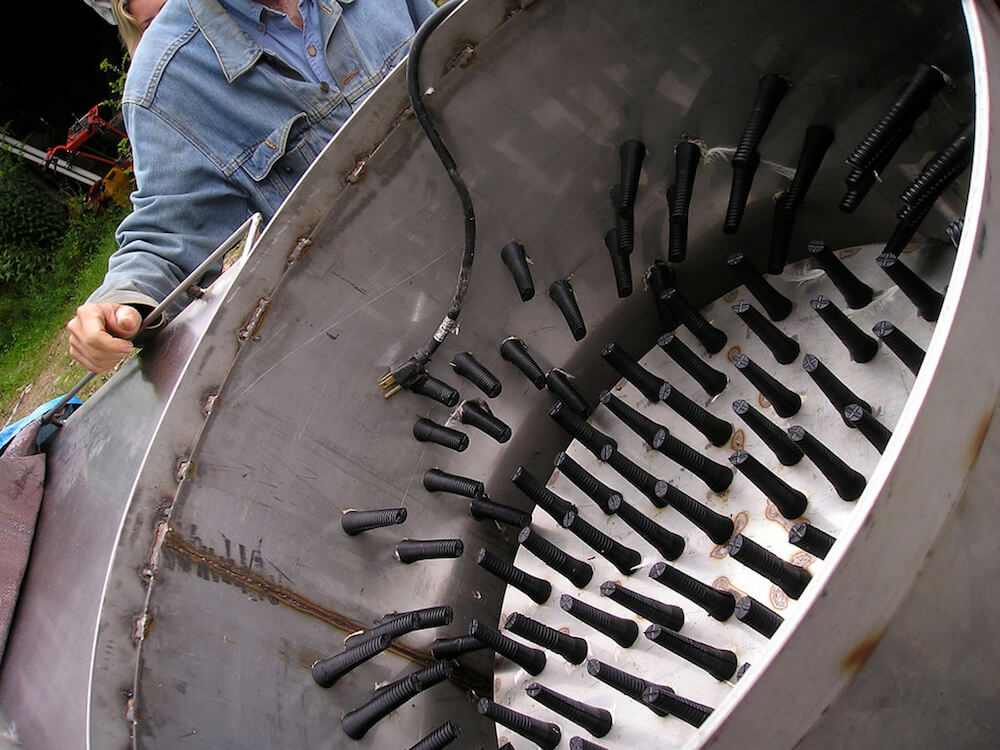
You can pluck a scalded chicken by hand or in a mechanized chicken plucker, like the one shown in this video.
Eviscerating The Body
Have two buckets ready—an offal bucket for waste and a clean bucket for edible organs. Of the organs, you can save the heart, liver, gizzard, and testicles of an adult rooster. Male birds killed at the usual age of meat birds have not developed testicles yet, but if you are killing an older rooster you will find sizable testicles that have a mild flavor and spongy texture.
Once the chicken is defeathered, use your knife to remove the chicken’s head, if your slaughter method didn’t do that already. Then start the evisceration at the cloaca, with another sharp knife.
Cut in a circle around the opening of the cloaca and tie the end of the intestines to prevent feces coming out as you pull. Gently pull the guts out, using your fingers or a knife to carefully separate the membranes attaching them to the body cavity.
After the guts, you take out the other organs. Most come out easily, although sometimes you have to scrape the deflated lungs off the rib cage.
The next two steps are important, but easy to forget. First, you must remove the oil gland or sac at the base of the tail, which produces a smelly, sticky grease. It is an unpleasant surprise to accidentally puncture that sac on a cooked chicken, so cut it out with your knife while gutting.
The second thing to remember, and what I find to be the most technically challenging part of gutting a chicken, is to remove the crop. The crop is a small, nubby part of the esophagus above the gizzard which stores food. It is the last thing you pull out of a chicken.
This doesn’t require any technical skill, you just have to get a grip on the esophagus, which is slippery, and pull hard. Some people remove it from the top of the neck. I was taught to remove it from the bottom, after the other organs have been removed.
The final step is to remove the chicken’s feet, which cut off easily at the knee muscle. The scaly skin peels off the feet, leaving them clean and ready to cook.
Chicken Slaughtering Laws
Many cities have regulations on how many chickens you can keep in how much space, and whether you can have roosters, but most cities have no laws at all on slaughter. There is a growing recognition that urban centers need to address some of the complex issues of all kinds related to urban agriculture, including slaughter. Laws have not caught up to the reality of urban homesteading, so you are not in violation of the law killing backyard chickens.
If you live in a rural area, your zoning may expressly prohibit or expressly allow the building of a slaughterhouse, but almost certainly allows killing household chickens as an “agricultural use” either primarily or conditionally. Don’t be worried if your zoning prohibits slaughterhouses—there is a clear distinction.
In some US states it is legal to sell home-butchered chickens fresh off the farm on day of slaughter, but nowhere is it legal to butcher chickens at home for resale elsewhere. That requires further licensing that varies state by state. Check with your local extension office before selling any home-raised meat.
Getting Support
Killing an animal for the first time is an intense and sometimes scary experience. Learn from an experienced mentor, or find a good educational resource.
Ask around in your farm and homestead community to see if anyone has experience, or call your local extension office. Some extension offices also offer chicken slaughter equipment, like cones and a plucker, for daily rental. Farms or community groups sometimes offer workshops on chicken killing that give you hands-on experience and a chance to meet other chicken raisers.
Videos can walk you through every step of the process. This video demonstrates slaughter using the chop and has a helpful step-by-step on evisceration. Here is a video that demonstrates the slice with the cone.
The bottom line is this: Take steps to make yourself feel safe and comfortable with the process, whether that means learning from an expert or marathoning YouTube videos. Being calm and confident will make a cleaner, more humane slaughter, and an easier evisceration.
I personally find killing chickens to be an unpleasant but profoundly important experience which reminds me to be grateful for everything I eat, and meat especially.
However, slaughtering animals is not for everyone. Be honest with yourself about your boundaries and ask for help when you need it.

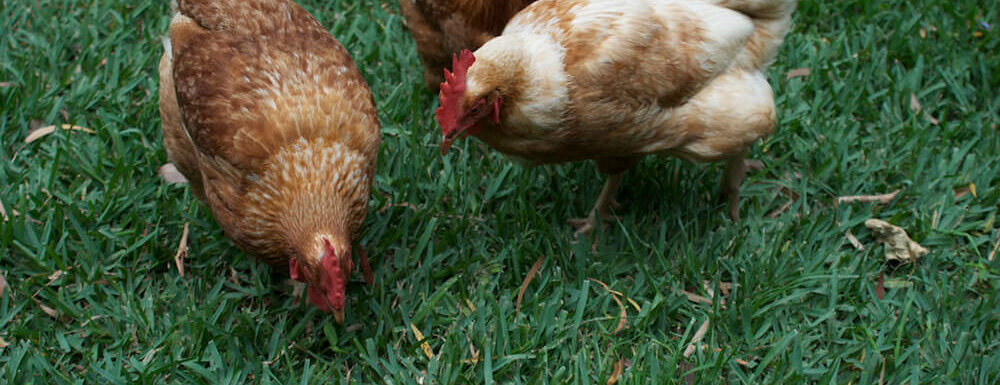
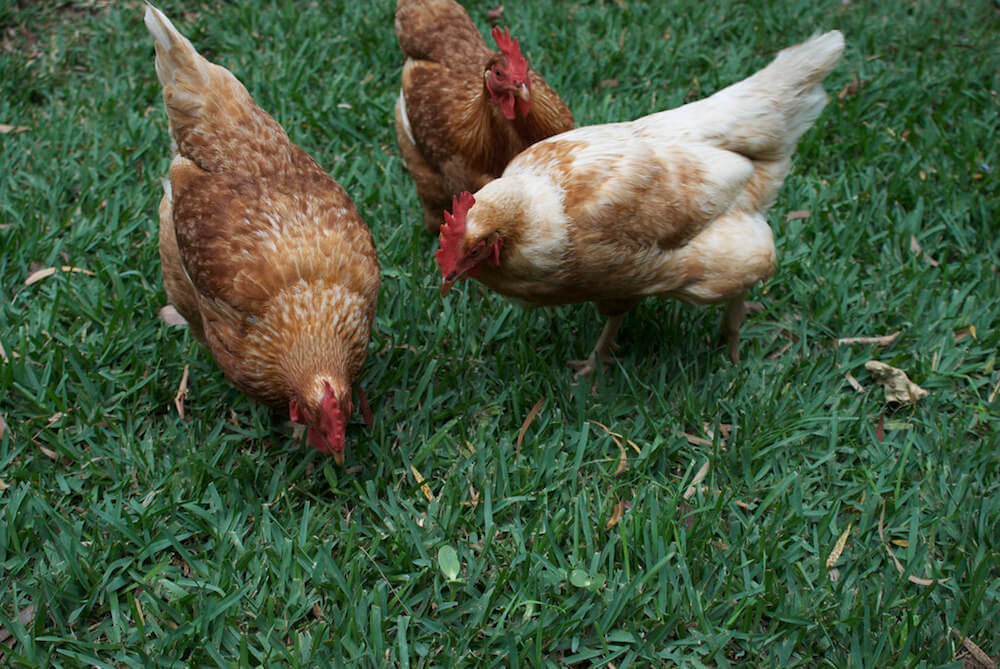
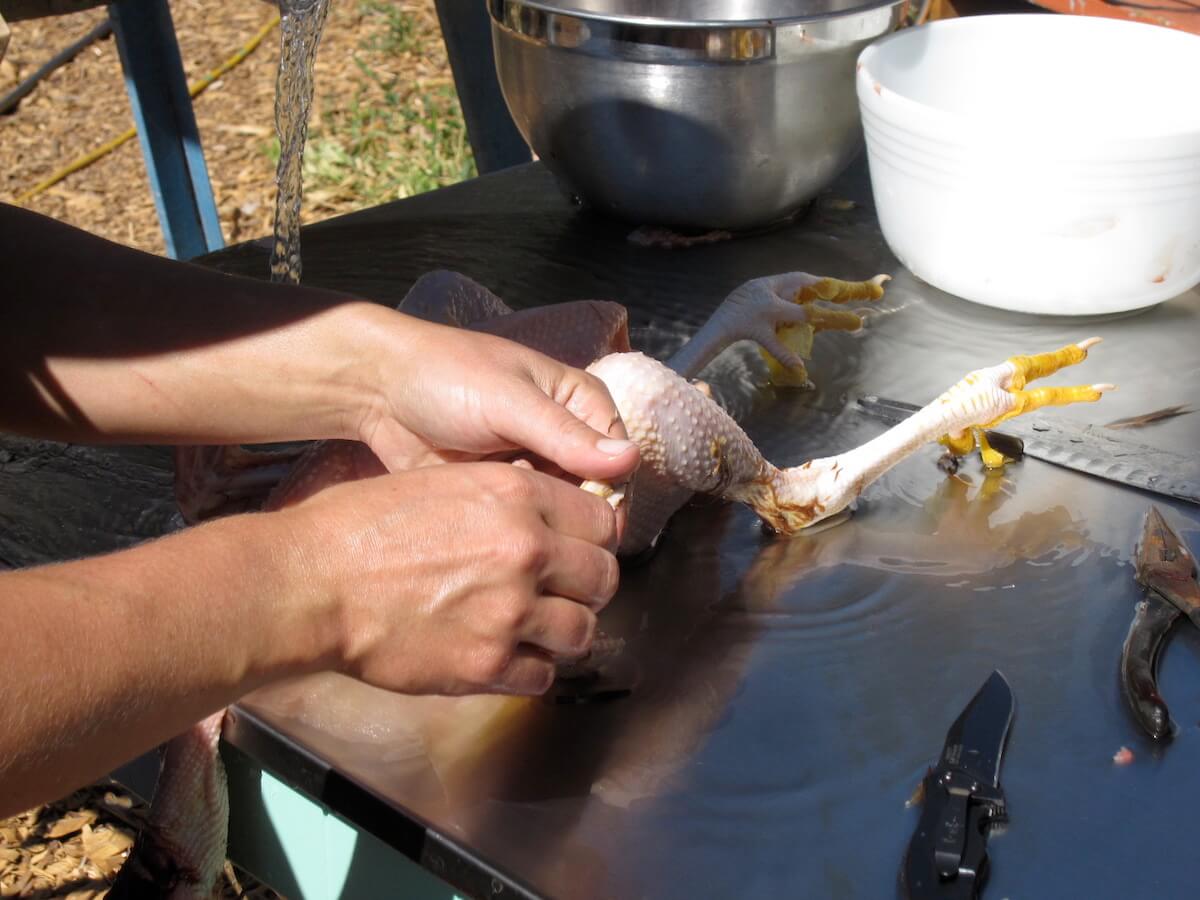
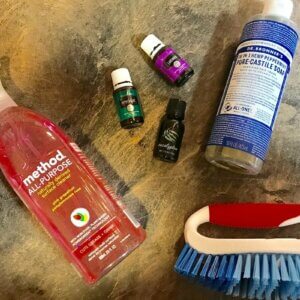

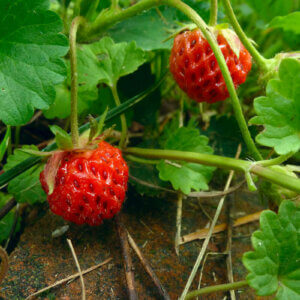









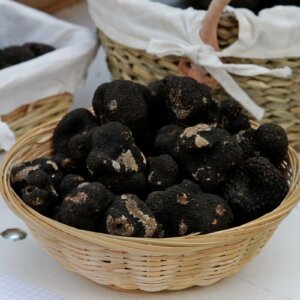






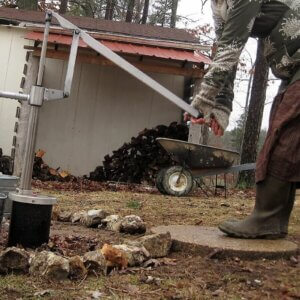










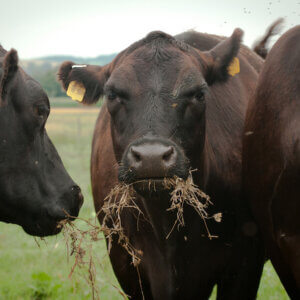









Crudely informative. The continual references to the emotional aspect of slaughtering another being leads me to believe you might have some semblance of compassion. Just go vegan. Not necessary to raise chickens and exploit them.
Sometimes the animal is suffering. It is a mercy to relieve their pain. I keep chickens as pets but I have one who is definitely suffering. It’s time to help her escape her pain.
And what about chickens that have been rescued, have lived out their days in comfort on a hobby farm (where all animals are pets) but are now so old and bald the smallest breeze makes them shiver? Their digestive system is so done that they don’t even have solid poops, so their liquid excretement runs down their naked asses and cakes their cold raw skin and it makes it crack and ooze. And they’re so silly they will fight my younger chickens and cause them to lose a lot of feathers, be cut and in pain. So what do you do then when you have all these chickens, you’re waiting for them to die a “natural death”, but they’re staying in the same miserable state and causing pain among the babies. Animals aren’t always harmonious and you need to deal with it or else you have just increased the suffering. And don’t say I’m looking for excuses, I don’t eat meat!!!
Whatever gave you the idea that hobby farm animals are pets?
Farming or raising farm animals can be a nasty business.Death like life happens when raising farm animals.whatever the reason for killing it must be done.if it isn’t done when you have sick or old or injured birds you are condemning them to cruel and painful so called natural death.It’s a farce to believe that farm animals should die a natural death.but if that’s the way you want to roll you’ll have to put up with some unwanted chores.Do the right thing and be humane.
Stay out of these sites if offended!!
Great information. I have raised and butchered Cornish X and ducks in the past. I hired an experienced neighborhood teen to help the process go along faster. Good grounding experience. Always important to give the animals a great life and a quick, painless death. Thank you for writing this.
What about gassing?
Gassing just isnt practical for a small home operation.
1) It’s not humane for a conscious animal. It’s stressful and scary- and so is pretty much any way of rendering an animal unconscious first.
2) It’s slow to take effect, leaving lots of time for panic, and potential struggling which can lead to injuries, and stress.
3) This is only relevant if you wanted to butcher the animal, but- the flesh will be basically inedible. It’ll be full of whatever it was breathing, and all those stress hormones and lactic acid and stuff. If it isnt outright toxic, at the very least it’ll have a horrid, gross texture and flavour.
It’s really only used occasionally by vets or by shelters for group euthanasia, which I dont imagine is very humane, either. Its primarily used because it’s cheap and easy to use in large groups (remember to spay, neuter, and adopt, folks!)
🙁
There is no humane way to kill something that doesn’t want to die.. reading this made me sick. Just stop eating and killing animals. That’s the humane way.
I’ve had two flocks of chickens, have had to put down 1-3 birds from each flock eventually, most commonly because a bird gets sick. There are compassionate reasons that go beyond eating meat.
Sometimes the happiest egg-laying hen, even one whose eggs don’t get eaten, has what is called a “blow out.” Basically a prolapsed cloaca and oviduct, hanging out their but.
So my friend, the chicken doesn’t really want to die, but won’t live long without dying of infection. Should we just let that pet hen suffer.
Acting humanely is fine. But the word suggests human. And nature is long in tooth and claw.
Joe
We are born to eat meat, fish, and vegetables. If we can peel a potato we should also be so honest as to know that killing an animal is part of “harvesting” meat. I will not “chicken out” when it comes to slaughtering an old hen for the pot.
stay out of peoples stuff and voice your opinion some place else we have to do what is right for our hens and not to let them suffer
Tell that to every predator in nature that has existed for hundreds of millions of years. Nature eats meat. It’s unavoidable. Humans are natural.
This is true. However you might sadly need to accept that carnivores exist, and must eat too. As well some prey animals would flood the earth if nothing controlled their numbers (rodents!).
It all around just sucks.
But at least farmers, if they do it right, give animals a good life, and a swift sacrifice. Same goes for hunters. Wildlife don’t live in paradise. Its an ongoing struggle. People used to commonly die from plagues. Microbe pathogens aren’t very humane. They evolve to do this all again.
Life is bizarre. Full of contradictions.
I’m borrowing the throat cutting method for myself one day. Today is not the day, but it will come. Meh, life is inevitable pain.
Life, Death, Sacrifice and food.
Tough things to deal with.
Lots of nutrients in meat that you can’t get from veggies.
1)Why is a vegan even reading this post if it is so bad? Move along and stop trying to judge and argue. 2) If you’re vegetarian then i assume you like eggs, which which come from chickens, which sometimes need to to be put down.
3) I have 4 pet chickens that lay eggs and that I love. 1 has a broken leg somehow and I’m trying to figure the best way to put it out of its suffering. It’s hard as it is, everyone doesn’t need your opinions about being chicken killers.
So sorry to hear about your chicken, Jen. We’ve had to take out some of our own birds, and with a small flock, it’s never easy–they are all individuals with personalities to me! If it’s any help, being able to quickly cut the throat allows you to hold the poor bird as she passes. For me, it was a very personal way to help my chickens die–no pointless flopping around, no impersonal head-chopping. It’s not easy, but it will give you the time to say goodbye.
Hi Wren,
Thank you for sharing your personal experience. One of my chickens is showing signs of being very sick. I just hope I isolated her in time from my other chickens. The quick cut does seem the easiest way to put her down. Did you hold her in a towel, was it messy? I just don’t know what to expect, but I expect to take care of it this weekend = (
Well said. Sorry you are having to go through that with a pet. Sometimes you have to do hard things when you love animals. It’s hated but necessary.
I want to thank you for your article. I am an animal lover and your article made the job easier. Straight forward, without pulling any punches. I very much appreciate your help!
Hi Heather!
Thanks so much for the kind words. Glad we could help!
-Leigha
I do not like the bloody mess of a kill cone, chopping, or throat slitting. I do a dislocation at the base of the skull. I don’t like killing, either, but sometimes it may be necessary.
I am right handed, so I hold the chicken over my left hip with my arm wrapped around them pinning the to me. They will usually settle down quickly. This position is necessary for the prevention of bruising of the meat and to help you manage the emotional side of the death. Once the chicken is secure and settled, my left hand will be fingers up upon the chest ensuring a firm hold.
I then smooth the feathers of the head down to the neck and repeat it a few times to get a feel for the place I will grasp. With the right hand I brush the feathers down once again, stopping at the base of the skull. Quickly and firmly stretch the head forward while rotating the head straight up. Hold on firmly after you feel the neck dislocate. Keep the head in your hand to support and stabilize during the death throes.
Once the bird is no more with us, I’d set it aside and do a few more if they are meat chickens. If not healthy or suspecting of illness, then dispose of the carcass immediately. Be sure to clean up the work area and change clothes, too. If healthy then continue to process, as many as needed for the first step.
Allow chicken carcass to lie in a cool place to be sure its little feathered should has departed.
Have a large deep kettle with a thermometer attached to monitor the temp which should be 140degrees F. Dip each bird, one at a time, submerging the feathers completely. (hold by the feet) you will notice the feathers begin to take on a transparency and when they all are so, it is time for the carcass to be plucked. Simply run hands in rubber gloves over the feathered areas and the feathers should rub off with little effort. The wing tip feathers and some tail feathers may be stubborn and require some firm pulling.
Only go up the neck as far as you plan to cut later.
Immediately dunk the carcass into a large container of VERY cold water. Leave it there until all are processed to this point.
Make sure the carcass is cold for the next step. This congeals the blood, cools the offal, and minimizes stench.
1. Chop off the head
2. Place it breast up legs towards you place knife at but not inside the vent and pierce the skin and flesh being careful to cut shallow up to the bottom of the breast bone to avoid nicking the intestines. With the insides chilled the internal viscera should stay mostly in one mass. Work your fingers up inside along the back grasp the trachea and firmly pull it from the neck. At this point some may want to collect the heart, gizzard, or what ever. Be sure to cut away the vent area when you’ve emptied the intestinal cavity do not squeeze or cut the intestines.
3. Cut off feet and process them as desired.
4. Place the carcass into another different clean very cold water bath again to cool again and rinse away any large bits of debris.
5. I drain my chicken butt down a few at a time, then wipe them inside and out with white paper towels.
A bag of cold, cleaned giblets may be inserted in the cavity at this time, if desired.
6. Using clear plastic wrap, tightly wrap the bird with wings and legs as you want them. Compress it, but don’t break bones to void as much air as possible. Two layers of wrap should be sufficient to help prevent freezer burn.
7. Last wrap should be heavy duty butchers paper. One well secured wrap should further guarantee minimal freezer burn. Use masking tape to secure the paper and mark with date and so on as you wish, maybe weight,too?
Take several packages to the freezer in one trip to avoid loosing the cold air from multiple openings and closings.
This is the cleanest and easiest chicken processing I’ve ever done and highly recommend it for large batches of meat birds. Get some other meat chicken folks together and make some chili or stew for a hearty meal one clean up is done. When they are ready to process their meats, you can return the favor.
I find a sharp hatchet the best for decapitation, I do not pluck, I believe skin wash and dry, then freeze, are the best option for me
I cannot even think how you could be so cruel. I mean how can you even think of such killings in such a brutal way
Good info.
People complaining about chicken deaths are funny.
Do the deed, get it over with quickly, enjoy the meat.
I have 3 quail babies who have deformed legs. One leg on each bird is bent tightly backwards, and is not usable. The other quail in the flock will kill it. I prefer to save it from that, and do it myself, but is it more humane to sever the head, or to drown it? As it stands now, these babies are not happy. I’m not sure if they are in pain or not, but really not happy. What method do you recommend? Thank you for advice.
Drowning is usually not considered to be humane. Go with another method.
You really thought drowning is a kind way to go? Are you that dense? I guess so. Go have someone dunk your head underwater. They can’t let you up for awhile. Maybe you will get the idea.
I agree with earlier comments : there is no humane way to kill an animal that isn’t ready to die. Chicken are great for the manure, and if you eat eggs, so be it. But skip the killing and the meat. Humane is vegan.
I personally have been unable to kill my birds for any reason but Ive had the luxury of a husband who was raised killing a chicken every saturday night in anticipation of sunday dinner.
His method was the best for him. He would draw a line in the ground with a stick and lay the chicken down and then put his heel on its head and step down. i never saw a bird twitch much. just a couple trembles then it was over. bird was very calm. then he would hang it up and cut its throat to bleed it out.
I still have nightmares about if their eyes were open or not….
Hes gone now and I am getting ready to start raising birds again. so i read this with interest. I think I will try the sharp knife on each side and see if that helps.
Thanks this is so necessary. I used to ranch and I did have to learn how to use a killing stick for large injured animals. I cant stand the suffering.
When my grandma was young you were still able to get chloroform from the store and then use that to put the animal out quick, she used it for stray dogs and pregnant cats during the depression so it was with interest i read about the gassing making the meat inedible. I always thought if i could find a way to get chloroform that I would try it but i guess not.
Haters gotta hate. sorry you are being harrassed by Peta freaks.
One great option for helping a suffering chicken to pass away peacefully is euthanasia at a vet. Even vets that don’t normally treat chickens will often euthanize a sick or injured chicken.
I had to take my pet chicken to the vets yesterday, when I eventually found one that would treat chickens! She was egg bound and had to be euthanized. It cost me £150 but I know that I would not have been able to kill her myself and I could not see her suffer.
If you want to do it quickly without the chicken knowing what’s going on, the back of an axe to the neck is a good method.
Thank you for the information. I’m sorry that you are getting grief from the haters. But it’s kind of unavoidable. I personally am a fan of raising my own chickens for meat. We also hunt and butcher and process all of our big game our selves. I believe that this is so much better for us than grocery store meat as we know there are no growth hormones, antibiotics or pesticides used to affect the animals and in turn, the humans that consume them. I appreciate the shared knowledge on this article and the attached links. Thank you for the guidance so that I may butcher and process my chickens confidently as they differ from any other bird or wild game that we have processed.
What about the broomstick method I’ve been reading about? It dislocated the head from the body.
Many thanks for all this really useful info. I remember happily killing chickens on my gran’s farm when I was a kid but have just started keeping them again and needed to brush up my skills. The thing with them looking at a straight line really used to work as I remember. Thanks again.
I read the first three and two of them aren’t humane per the vet. Slitting a throat takes 3-4 Min for the brain to lose blood, swinging by the neck!? No. Popping the head or chopping are the quickest most humane ways – but I struggle to do either so there’s that.
Oh and my chickens are my pets 🥺
Thank you for the article. It was very helpful.
Useful article on techniques for suicide. There’s no difference. Boldly cut your own neck with a sharp knife. Make it count. Live awhile then, as humanely as this method is going to get, as you say, end it.
From my knowledge of anatomy and physiology, I think the knife method is the quickest. You shouldn’t even consider the neck snap. That is archaic painful just thinking about how such an event would take place. Absolutely not. Consider if you were in that animal’s position. Which method would you choose? Think it through because you are indeed about to cause that creature misery after it trusted you. Although I am impressed at vegans commitment, I am no vegan. I’m actually okay with hunting. I just don’t play cognitive dissonance games in my head. Its a cruel action for you to eat, so you better damn well make it quick with the least suffering. Other animals are more savage in their kill. They have to eat. Its a curse of life. Its inevitable destruction. At least you can try to kill as humanely as possible. But, in the end, life is pain. The ability to be in denial of observed truths is a luxury I wish I had!
I grew up on a farm and still do small scale farming at seventy years old.the ranch was sold.We always severed the spinal column when killing chickens.Any veterinarian will tell you that.The fastest and best way is to cut off the head.Death is instant and bleeding is complete within a minute or two.it is not only humane but also quick and painless.
I’m dreaming of a future where I can keep livestock, and I know I’ll need a strong stomach if I want to do so. I mentioned this to a great-aunt and she said that one of the houses she lived in immediately after she was widowed (in the 1950s) had a metal doohickey attached to the outside of an outbuilding wall. It was a sort of collar into which you could fit a chicken’s neck, turn the chicken’s body, and then go inside to process the body. It struck me as a very efficient device but I’m not sure how to search for such a design online. Have you ever heard of such a thing?
Even for those of us that raise happy egg-laying hens, we face the problem of 50/50 male/female hatches, which some people don’t understand. Keeping too many roosters is extremely cruel to the hens, and stressful for the roosters too who fight with each other for dominance. Normally my husband helps me, but he doesn’t like it either, so I figured if I want to keep raising hens I need to learn too. Thank you for the article.
Ewww, nasty. Gross, just eat a vegan diet. My god, it’s easier than ever, and yet you choose to kill and eat blood and guts.